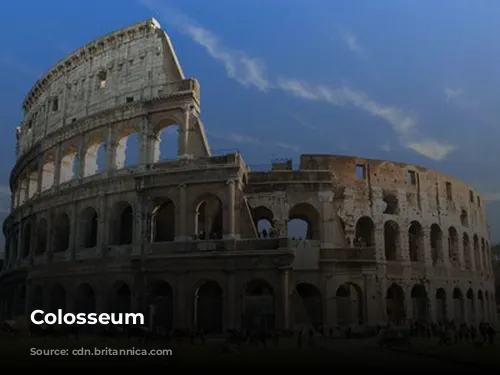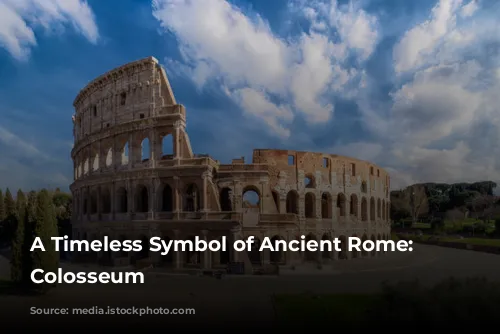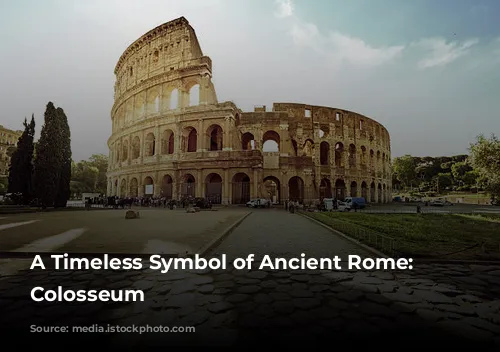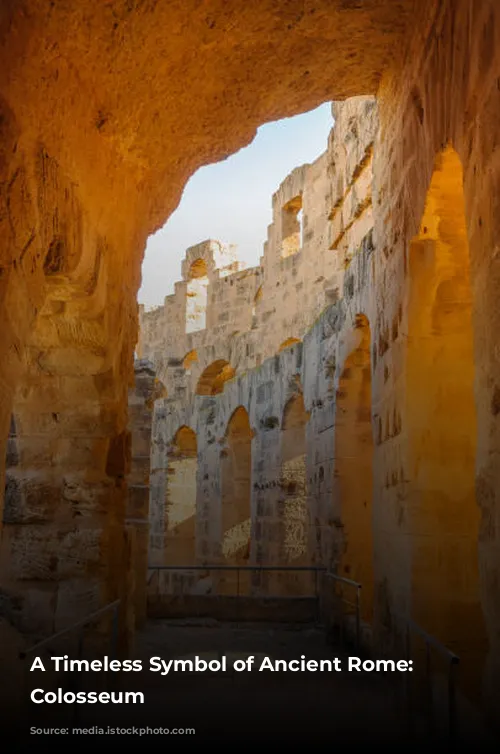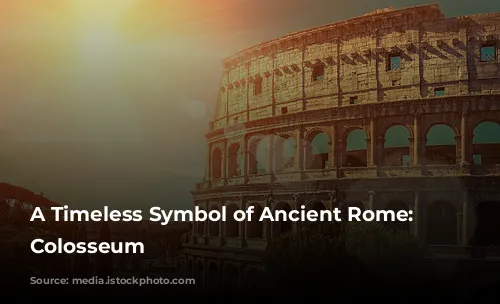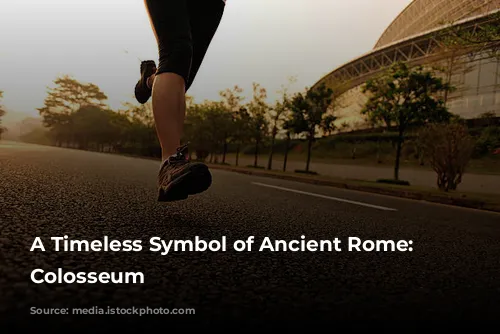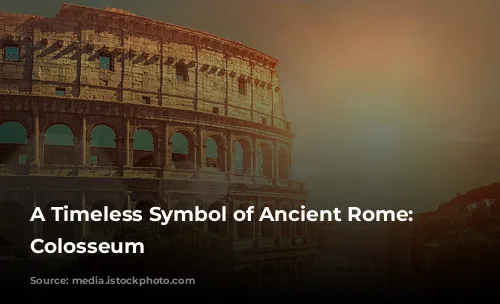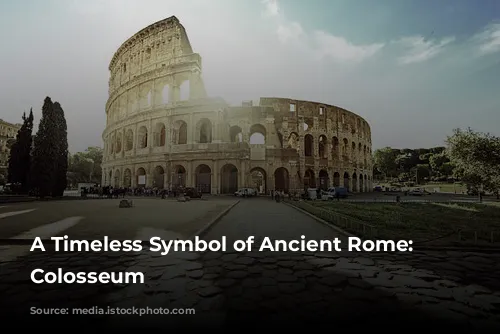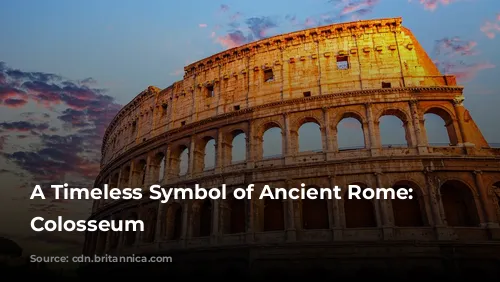The Colosseum, a colossal amphitheater, stands proudly as a testament to ancient Rome’s engineering brilliance and architectural prowess. This iconic structure, one of the few surviving remnants of the Roman Empire, draws millions of visitors each year, contributing significantly to Italy’s tourism revenue. In 2018 alone, the Colosseum, Roman Forum, and Palatine Hill collectively generated over $63.3 million (€53.8 million), making them the most profitable tourist attraction in Italy.
A Monument to Power and Entertainment
The Colosseum was erected during the Flavian dynasty as a grand spectacle, designed to captivate the Roman populace. Emperor Vespasian, seeking to restore Rome after a turbulent period, envisioned a venue where citizens could be entertained and united. The arena became a stage for gladiatorial combat, thrilling animal hunts, and even simulated naval battles. These spectacles not only provided amusement but also solidified the emperor’s authority.
From Glory to Neglect: The Colosseum’s Transformation
After the fall of the Western Roman Empire, the Colosseum fell into a state of disrepair, its grandeur gradually fading. The structure was repurposed by powerful families like the Frangipane and Annibaldi who turned it into a fortress. In the late 15th century, Pope Alexander VI allowed the Colosseum to be used as a quarry, further accelerating its decay. For over a millennium, the once-mighty amphitheater lay neglected, its stones stripped away for other construction projects.
A Symbol of Perseverance: The Colosseum’s Rebirth
The Colosseum was not destined to be lost to time. In the 1990s, state-funded restoration efforts began, breathing life back into the ancient monument. Over the years, the Colosseum has been meticulously restored, ensuring its survival for generations to come.
An Architectural Masterpiece
The Colosseum, also known as the Flavian Amphitheater, stands as a marvel of engineering. Constructed primarily from stone, concrete, and tuff, this elliptical structure reaches a height of four stories. Its colossal size is evident in its dimensions: 620 by 513 feet (189 by 156 meters), capable of accommodating an audience of up to 50,000 spectators. The Colosseum‘s architectural design, featuring engaged columns in the Doric, Ionic, and Corinthian orders, became a model for Renaissance architects.
A Stage for Spectacles and Controversy
The Colosseum was designed to awe and entertain. Its massive retractable awning, known as the velarium, protected spectators from the scorching sun. Sailors were responsible for manipulating the rigging that extended and retracted this massive canopy. The amphitheater witnessed countless gladiatorial battles, animal hunts, and even mock naval battles, captivating the Roman public with their spectacular violence. However, despite popular belief, there is no concrete evidence to support the theory that early Christians were martyred within the Colosseum’s arena.
A Monument to the Past, a Beacon for the Future
The Colosseum, once a symbol of imperial power and Roman entertainment, is now a testament to human ingenuity and the passage of time. From its grand beginnings to its period of neglect and its eventual restoration, the Colosseum embodies the enduring spirit of Rome. It remains a popular destination, attracting millions of visitors who seek to glimpse the grandeur of ancient Rome and marvel at its enduring legacy.


